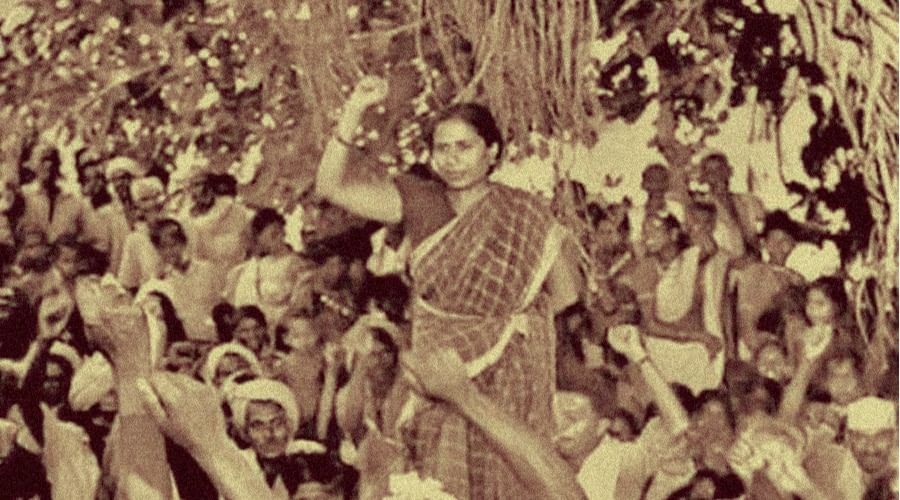Status of Tribal Chiefs | History for Class 8 PDF Download
Status of Tribal Chiefs
- Before the British arrived, tribal chiefs were significant figures in many regions. They had a degree of economic power and were in charge of managing their lands. In some areas, they even had their own police forces and set the local rules for land and forest use.
- Under British rule, the roles and powers of the tribal chiefs changed significantly. They could retain land titles over groups of villages and lease out lands, but much of their administrative authority was taken away. They had to obey laws made by British officials in India and pay tribute to the British. As a result, they lost the respect and authority they once had among their people and could not perform their traditional roles.
Status of Shifting Cultivators
The British were uneasy with groups that moved frequently and did not have permanent homes. They aimed to make tribal groups settle down as peasant farmers since settled peasants were easier to control and manage. Additionally, the British wanted a consistent source of income for the state, so they introduced land settlements.
- Some peasants were designated as landowners, while others became tenants.
- Tenants were required to pay rent to landowners, who then paid taxes to the state.
The British attempts to settle jhum cultivators were largely unsuccessful, as permanent plough farming was challenging in areas with limited water and poor soil. Many jhum cultivators in north-east India insisted on continuing their traditional methods. In response to widespread protests, the British ultimately allowed them to engage in shifting cultivation in certain forest areas.
Forest Laws and Their Impact
The lives of tribal groups relied heavily on the forest, so changes in forest laws significantly affected them. The British extended their control over all forests, declaring them state property. Some forests were categorized as Reserved Forests because they provided valuable timber desired by the British. In these areas, people were prohibited from moving freely, practising jhum cultivation, gathering fruits, or hunting.
- This forced many jhum cultivators to relocate in search of work and sustenance.
- However, the British restriction on tribal people living in forests created a labour shortage.
Colonial officials devised a solution by granting jhum cultivators small plots of land in forests for cultivation, on the condition that villagers would provide labour to the Forest Department and manage the forests. Consequently, the Forest Department established forest villages to ensure a steady supply of cheap labour.
Many tribal groups opposed the colonial forest laws, disregarding the new regulations and continuing practices deemed illegal. This led to various uprisings, such as:
- Songram Sangma's revolt in 1906 in Assam
- The Kols' revolt in 1831-32
- The Santhals' uprising in 1855
- The Bastar Rebellion in central India in 1910
- The Warli Revolt in Maharashtra in 1940
The Problem With Trade
- In the nineteenth century, tribal groups noticed an increase in traders and moneylenders entering the forests, seeking to purchase forest products, offering cash loans, and hiring them for work. It took the tribal groups some time to grasp the implications of these developments.
- For instance, in Hazaribagh (now in Jharkhand), the Santhals raised silk cocoons. Traders sent agents to provide loans to the tribal people in exchange for cocoons. The growers received Rs 3 to Rs 4 for a thousand cocoons, which were then sold in Burdwan or Gaya for five times that amount. The middlemen, who facilitated these deals, profited greatly, while the silk growers earned very little.
- This led many tribal groups to view the market and traders as their primary adversaries.
The Search for Work
- The situation for tribals seeking work far from their homes became dire. In the late nineteenth century, tea plantations began to emerge, and mining became a significant industry.
- Tribals were recruited in large numbers for work in the tea plantations of Assam and the coal mines of Jharkhand.
- They were often hired through contractors who paid them very low wages and prevented them from returning home.
Aftereffects of Problems
- Throughout the nineteenth and twentieth centuries, tribal groups across the country protested against changes in laws, restrictions on their customs, new taxes, and exploitation by traders and moneylenders.
- Notable uprisings included the Kols in 1831-32, the Santhals in 1855, the Bastar Rebellion in 1910, and the Warli Revolt in Maharashtra in 1940.
- The movement led by Birsa Munda was significant for two main reasons:
- It compelled the colonial government to enact laws protecting tribal land from being easily seized by outsiders.
- It demonstrated that tribal people could protest against unfairness and voice their anger towards colonial rule using their own symbols and rituals.
 Warli Revolt
Warli Revolt
|
40 videos|88 docs|23 tests
|
FAQs on Status of Tribal Chiefs - History for Class 8
| 1. What is the role of tribal chiefs in the community? |  |
| 2. How are tribal chiefs selected or appointed? |  |
| 3. What are the main challenges faced by tribal chiefs today? |  |
| 4. How do tribal chiefs contribute to the preservation of indigenous knowledge? |  |
| 5. Can tribal chiefs influence government policies and decisions? |  |

















